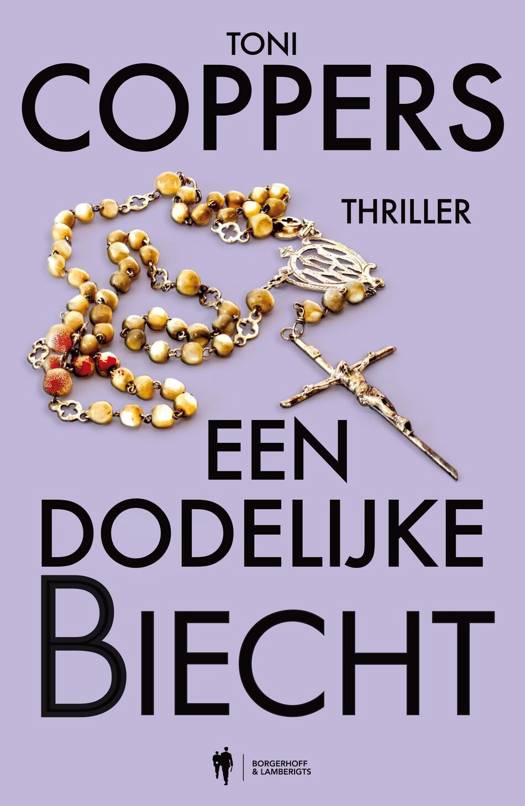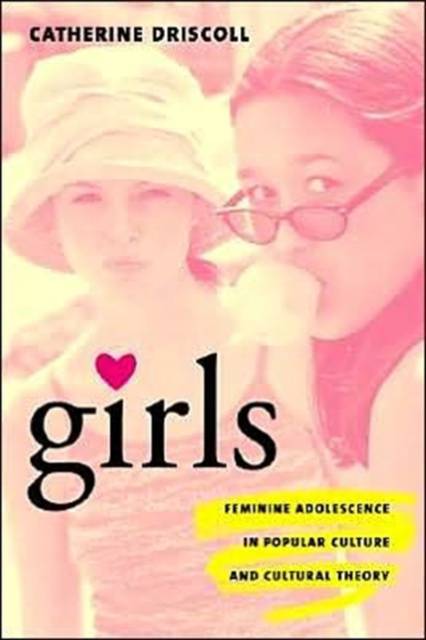
- Afhalen na 1 uur in een winkel met voorraad
- Gratis thuislevering in België vanaf € 30
- Ruim aanbod met 7 miljoen producten
- Afhalen na 1 uur in een winkel met voorraad
- Gratis thuislevering in België vanaf € 30
- Ruim aanbod met 7 miljoen producten
Zoeken
Girls
Feminine Adolescence in Popular Culture and Cultural Theory
Catherine Driscoll
Paperback | Engels
€ 64,45
+ 128 punten
Omschrijving
The Spice Girls, Tank Girl comicbooks, Sailor Moon, Courtney Love, Grrl Power: do such things really constitute a unique "girl culture?" Catherine Driscoll begins by identifying a genealogy of "girlhood" or "feminine adolescence," and then argues that both "girls" and "culture" as ideas are too problematic to fulfill any useful role in theorizing about the emergence of feminine adolescence in popular culture. She relates the increasing public visibility of girls in western and westernized cultures to the evolution and expansion of theories about feminine adolescence in fields such as psychoanalysis, sociology, anthropology, history, and politics. Presenting her argument as a Foucauldian genealogy, Driscoll discusses the ways in which young women have been involved in the production and consumption of theories and representations of girls, feminine adolescence, and the "girl market."
Specificaties
Betrokkenen
- Auteur(s):
- Uitgeverij:
Inhoud
- Aantal bladzijden:
- 352
- Taal:
- Engels
Eigenschappen
- Productcode (EAN):
- 9780231119139
- Verschijningsdatum:
- 21/08/2002
- Uitvoering:
- Paperback
- Formaat:
- Trade paperback (VS)
- Afmetingen:
- 153 mm x 232 mm
- Gewicht:
- 539 g

Alleen bij Standaard Boekhandel
+ 128 punten op je klantenkaart van Standaard Boekhandel
Beoordelingen
We publiceren alleen reviews die voldoen aan de voorwaarden voor reviews. Bekijk onze voorwaarden voor reviews.











